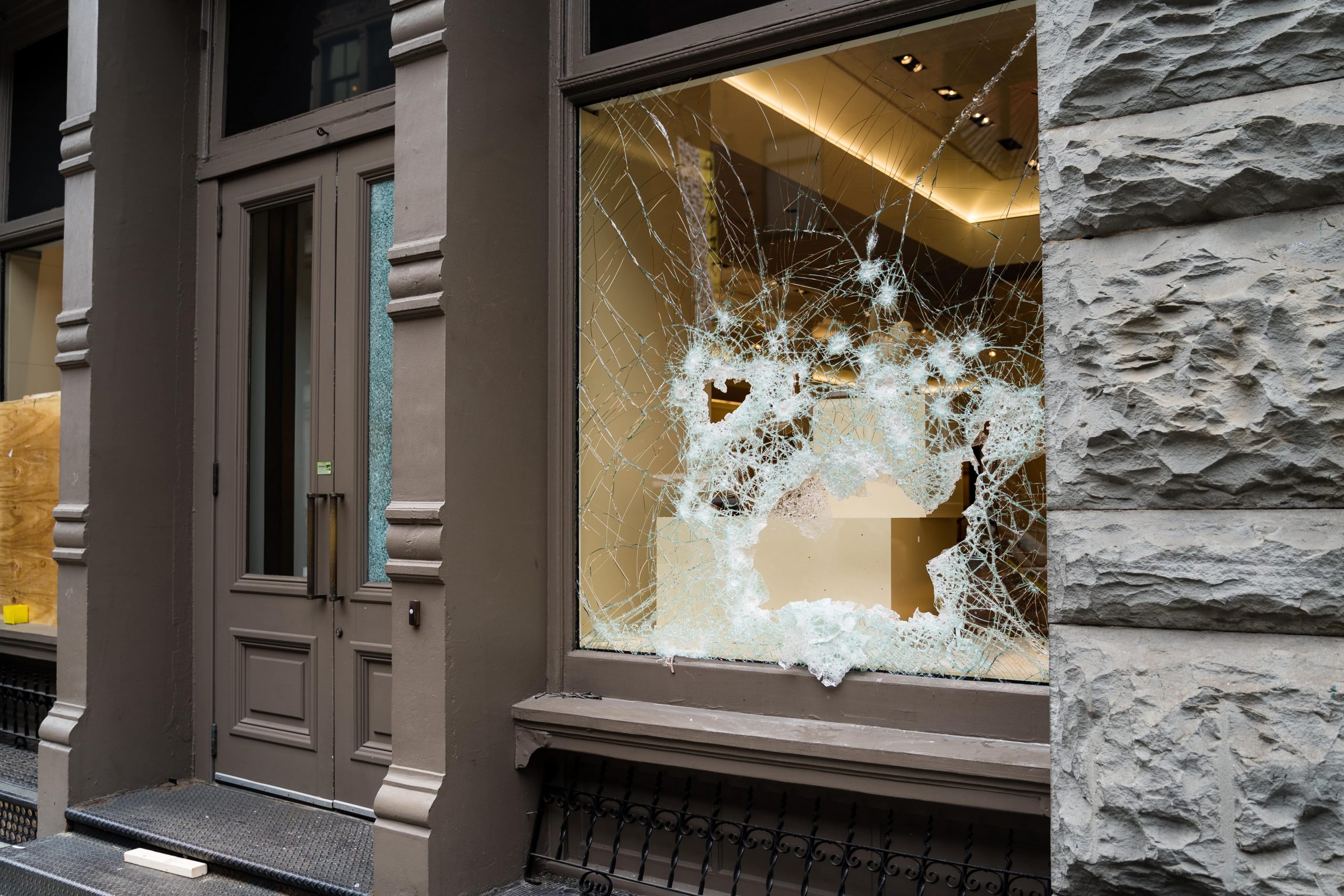Share This Article
ArrayVandalism involves the act of wilfully, maliciously, or recklessly destroying, damaging, or defacing property, whether private or public.
The recorded incidents of malicious damage to property have remained stable over the past 2 years but have fallen in the 5-year period from 2018 by 5.3%.
There were over 48,253 recorded incidents in the 12-month period up to March 2022.
Notably, malicious damage or vandalism isn’t always committed out of anger or malice and can often be attributed to boredom or immaturity.
A high proportion of offenders are young persons, with rates higher in rural areas.
A recent case, in which NSW Police have appealed for the public’s help was an incident in which 370 bales of cotton were damaged at a rural property in Kiacatoo near Condoblin in the state’s west.
The damaged cotton was worth $1.3 million, with the bales cut open and exposed to the elements.
The crime was described as ‘senseless’ and ‘malicious’ by Detective Inspector Whiteside, who is attached to the Rural Crime Prevention Team.
The team has responded to similar incidents that remain unsolved in other parts of the state.
In New South Wales, vandalism may be prosecuted under laws targeting reckless or intentional damage to property or graffiti and other related offences.
Section 195 of the Crimes Act 1900 (NSW) prescribe heavy penalties to anyone who intentionally or recklessly destroys or damages property belonging to another.
Whether the property is ‘damaged’ will require its physical integrity to be altered in some aspect, even if the alteration is only temporary and can be fixed.
Therefore, whilst it isn’t necessary for the damage to be permanent or render the property irreparable, it must nevertheless physically impact it in a way that interferes with the property’s integrity. Interference with the functionality of the property without there being physical harm or derangement to it does not amount to ‘damage’ under the law in NSW.
A maximum penalty of 5 years imprisonment is applicable, which rises to 10 years imprisonment where the destruction or damage was caused by fire or explosives.
If the offence occurred in a ‘public disorder incident’ such as a riot, the maximum penalty is 7 years imprisonment.
If the value of the property does not exceed $5,000, it will remain in the Local Court unless elected by the Director of Public Prosecutions to proceed to the District Court.
Such offences are usually dealt with in the Local Court, with a maximum penalty of 2 years imprisonment applicable.
It may also carry a fine of either a maximum $5,500 or $2,200, where the property concerned does not exceed $2,000.
As per section 4 of the Graffiti Control Act 2008 (NSW), it is also an offence to intentionally mark any premises or other property without the consent of the owner. Graffiti offences can also amount to imprisonment and convictions in NSW.
A defence may be available, where a reasonable excuse for the marking is proven, however the onus is on the accused person.
The Act confirms that the offence does not apply to the marking of any public footpath or public pavement with chalk, including for the purpose of marking out a hopscotch or handball court.
A maximum penalty of a $440 fine is applicable.
However, where the offence occurs in circumstances of aggravation, the maximum penalty rises to a $2,200 fine and/or 12 months imprisonment.
An offence will be committed in circumstances of aggravation where a graffiti implement is utilised, or the marking is not readily removable by wiping or by the use of water or detergent.
Graffiti implements are defined as spray paint, a marker pen, or any implement designed or modified to produce a mark that is not readily removable by wiping or by use of water or detergent.
However, the court is unable to sentence an offender to a term of imprisonment unless they have been previously convicted of the offence, or possessing graffiti implements, on so many prior occasions that make it likely they will commit such an offence again, as per section 4(4).
Furthermore, if the court imposes a fine for a graffiti offence, they may make an order requiring the offender to perform community clean-up work in order to satisfy the amount of the fine, as outlined Part 3A of the Act.
A community clean-up order will only be made where the offender is a suitable person to perform the work, arrangements exist to enable the work to be performed in the area in which the person resides.
The court will also have regard to whether the offender is willing to participate in the work.
If such an order is made, the number of hours of community clean-up work will be calculated on the basis that each hour is equivalent to $30 of a fine.
The number of hours specified in an order must not exceed 300 hours (for an adult) or 100 hours (for a child).
Book a Lawyer Online
Make a booking to arrange a free consult today.
Call For Free Consultation
Call Now to Speak To a Criminal Defence Lawyer
Over 40 Years Combined Experience
Proven SuccessAustralia-Wide
Experienced LawyerGuarantee
 (02) 8606 2218
(02) 8606 2218
 (02) 8606 2218
(02) 8606 2218












